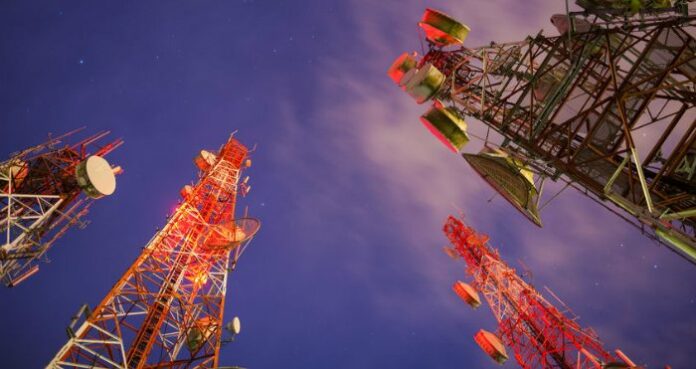FAA updates tower lighting regulations
The Federal Aviation Administration this week released updates to its airspace obstructions standards in an effort to increase airspace safety surrounding towers. Advisory Circular 70/7460-1L for obstruction marking and lighting is effective immediately and cancels the previous circular 70/7460-1K. Here’s the two main points you need to know about this update:
The height of a structure identified as an obstruction has been lowered from 500 feet above ground level to 499 feet AGL. All structures above 499 feet are considered obstructions and the FAA will continue to conduct an aeronautical study on these types of structures to determine their effect on the navigable airspace and ensure they do not create a hazard.
Any new communication towers taller than 350 feet above ground level using lighting must only use flashing obstruction lights. Beginning Sept. 15, 2016, any communications tower taller than 150 feet AGL will need to use flashing obstruction lights. The good news is this can mostly be done by someone climbing up the tower and installing flashing lights instead of steady-burning lights, which will likely reduce energy and maintenance costs. The report also indicates this change could decrease the potential collisions with migratory birds by as much as 70%.
Before updating the lights on your tower, the Federal Communications Commission Wireless Bureau requires you to request a new No Hazard Determination in accordance with the new advisory from the FAA and then file Form 854 with the FCC.
Last year around this time the FAA streamlined its regulations concerning notices to airmen concerning faulty or extinguished tower lighting.
FirstNet moves forward
This week RCR Wireless News reported the First Responders Network Authority Board unanimously approved the request for proposal giving broad outlines and direction for a nationwide, public-private LTE network for first responders; the FirstNet RFP will be released in early January.
“By approving the RFP, the board has taken a major step forward to deliver a mission-critical network that first responders deserve – one that is dedicated to public safety, is secure, sustainable and will continuously utilize state of the art technology across America,” FirstNet Chair Sue Swenson said.
This is the first big step forward for FirstNet since late last year when, thanks to money from spectrum auctions, FirstNet received funding to the tune of $7 billion.
Island view from cell tower
Thanks for wading through that dense news, now here’s a beautiful island view from atop a cell tower on Little Corn Island in Nicaragua, posted by Stop Having a Boring Life.
Tower news quickies
• Reliance Communications inks deal to sell tower assets.
Regional/local tower news
- Company “re-evaluating” cell towers in Liberty Township, Ohio, yards.
- Prairie Village, Kansas, council approves plan for expanded cellphone tower.
- Proposed radio/cell tower north of Sequim, Washington, draws concerns from neighbors.
- Leicester, Massachusetts, selectmen side with cell tower opponents.
- Wheeling, Illinois, rejects cell tower plan.
- Elmhurst, Illinois, City Council approves cemetery cell tower, tax increase, stormwater project bid.
- Battle over cell tower construction in Okeana, Ohio.
- Durhamville, New York, neighbors unhappy about cell tower site.
- High Point, North Carolina, neighbors speak out against cell tower project.
- We can find a better cell tower location in Cashiers, North Carolina.
- Cell tower in Mumbai, India, park gets zero reception from Chikuwadi residents.
- Cell tower on Vashi, India, hospital illegal.
Featured Image Copyright: f11photo / 123RF Stock Photo

